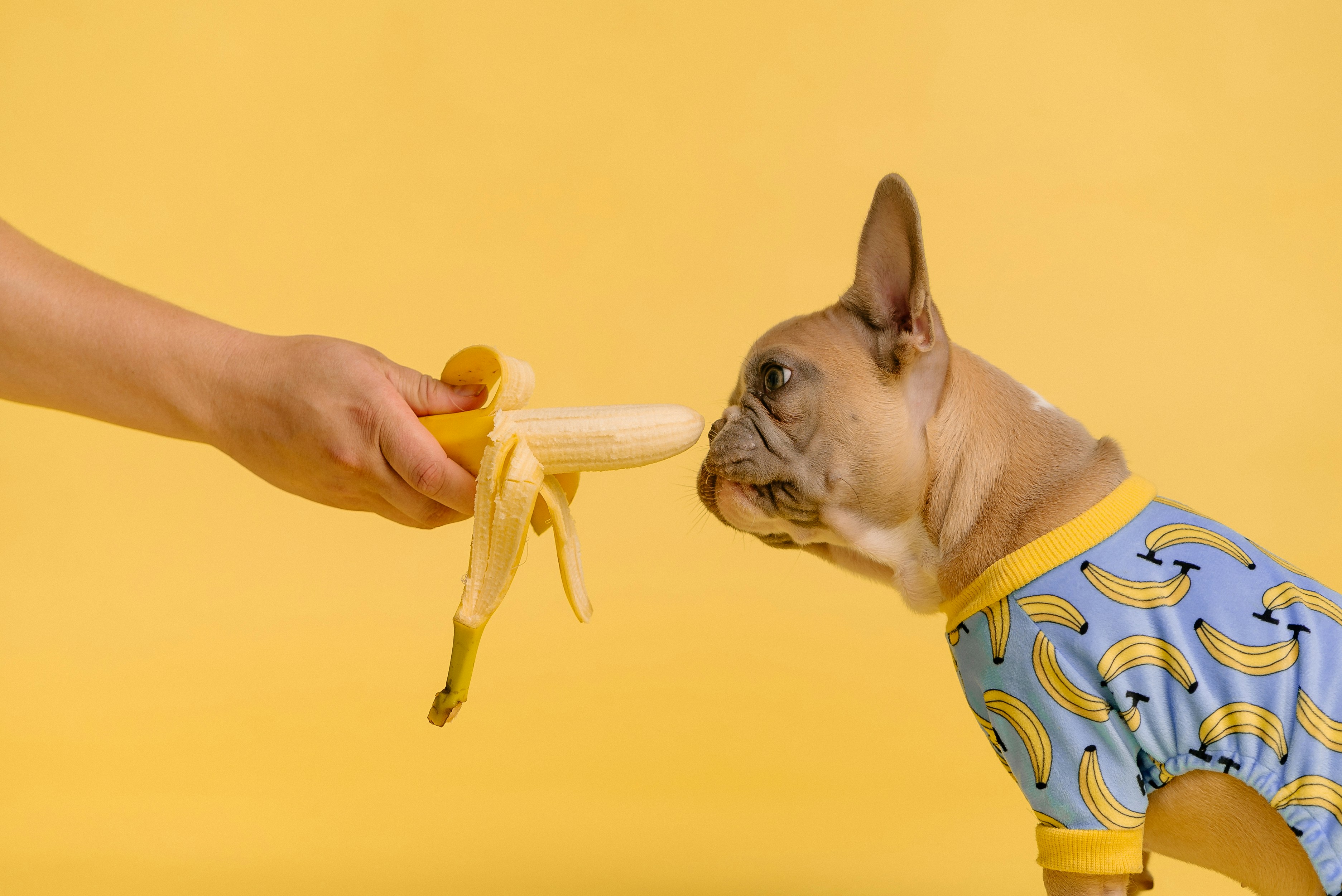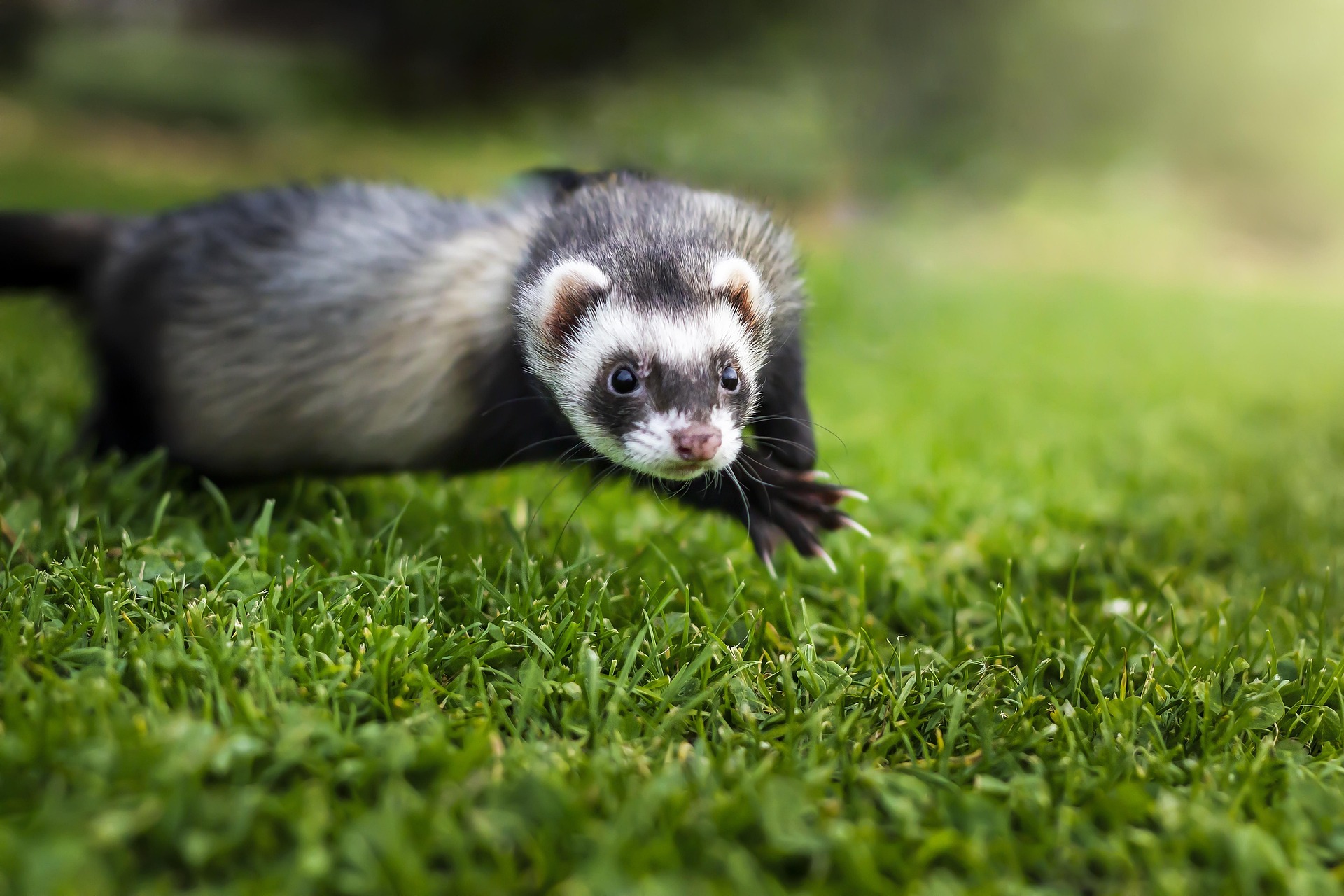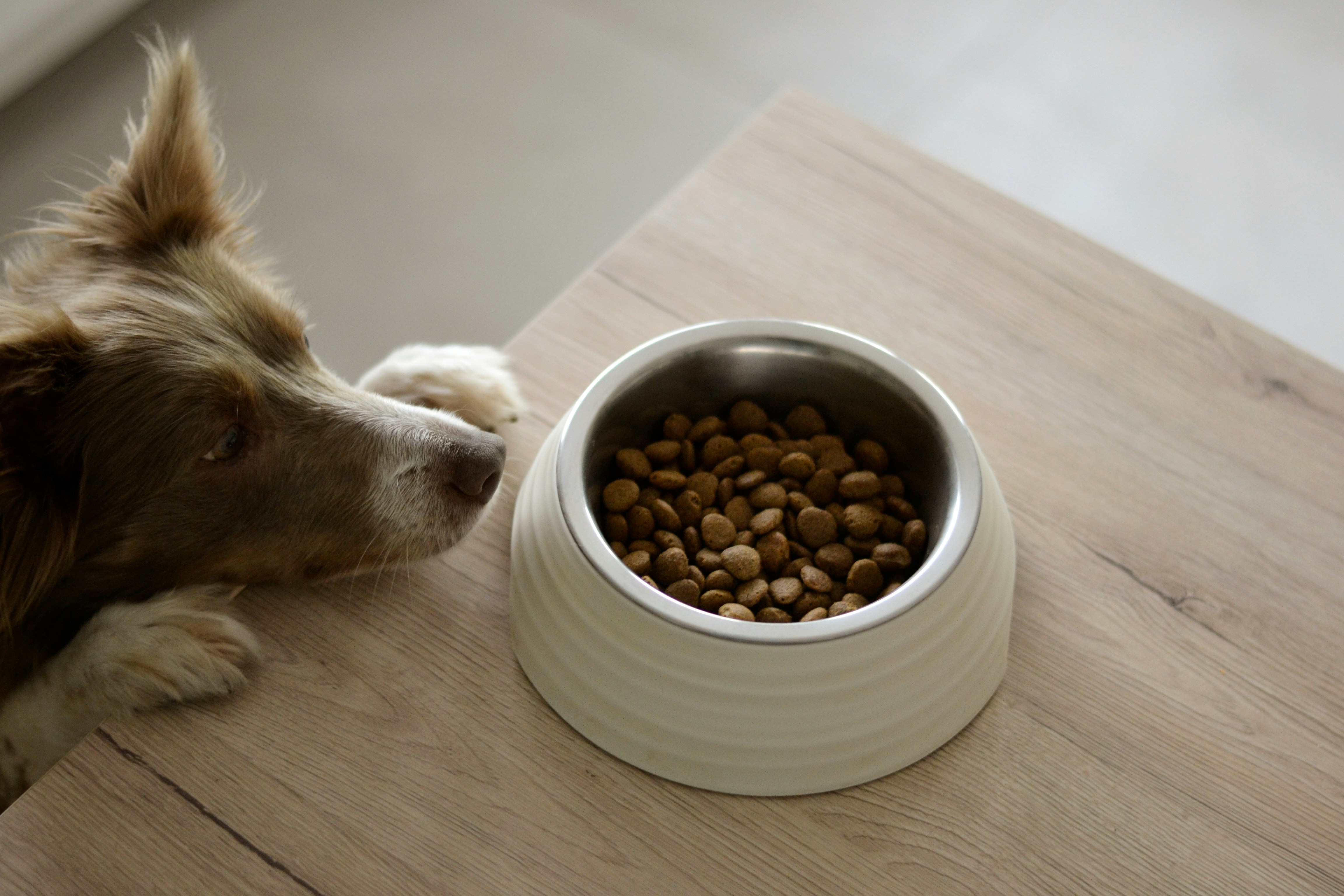The Raw Food Phenomenon: Should Your Pets Be Primarily Predators?
Feeding pets has cleared a porous path from traditional canned foods and dry kibble to more unconventional style - the raw food diet plan, popularized recently in the United States. This diet nurtures the habits of primitive canines and felines, laying viability squarely in the churning wheels of pet owner consideration, sparking a fresh and healthy debate.

Advocates claim the diet aligns with a pet’s dietary evolution, citing blithe benefits like shinier coats, cleaner teeth, and a surge in energy. In contrast, its wary cohort cites the increased effort and untended risks of bacterial contamination from raw meat.
Solidifying the Basics - Raw Food Diet for Pets
Conventionally, a raw food diet is high in protein, derived primarily from raw meat and bones, typically supplemented with vegetables or fruits. Instinctually, pets are prone to work off bioavailable and nutrient-dense diets akin to their undomesticated cousins. Owners argue this primal consumption pattern leads to several detectable health improvements.
The Boom in Pet Beverages: Rise of the Broth
Maxing out at the health wave touted by pet owners in 2021 was bone broth, an emerging pet food trend occupying notice in pet stores nation-wide. Bone broth’s rationale lies in its source – quality bone minerals, diet-compatible proteins, a turret of amino acids, joint-cushioning collagen and other natural enzymes.
Though a tad pricier (averaging around $10 to $40 depending on product quality), bone broth has managed to woo pet food aisles, shelved-lists, and unprecedented endorsement.
Grease the Facts - Pros & Cons of the Diet
Subscribing to the ‘no one size fits all’ disclaimer, a raw food diet can prove contagiously beneficial for some pets, while others might not adapt smoothly. Coveted improvements pets can move the dial on are healthier skin, boosted energy, heightened fruits-targeted digestion, or a strikingly shinier coat.
That said, flipping the coin exposes raw food diet predicaments- the vulnerability for pets to microbial infections, imbalance in nutritional contributions, damaging effects from unblunted bones, and added daily owner efforts.
One Paw at a Time - Transitioning Your Pets
Planning a regulated transition augmented reality of visits to the vet is pivotal if an owner decides to switch diets. Obtaining a professionally tailored diet that includes appropriately sized bones or guidelines on storage will assuredly yield benefits in the long coursing run.
Embracing the nuts and bolts of pet evolutionary eating comes decorated with beguiling prospects. Engaging and entertaining to pets due to the chew factors supplied by raw components, as for owners, it grants the liberation of pet substance knowability, devotion to pet health wellbeing, and an alternative pet diet horizon opened for recognition.
As in cases of all the latest fads, there will always be two opposing camps of perspective on their validity and impact. However, at the elemental end of the wire, the decision hangs at the balance scale of owner choice paired discernibly with seasoned professionals’ guidance. Overall, the conversation woven around raw pet food diets is stimulating and white punk illuminating, to say the least.




